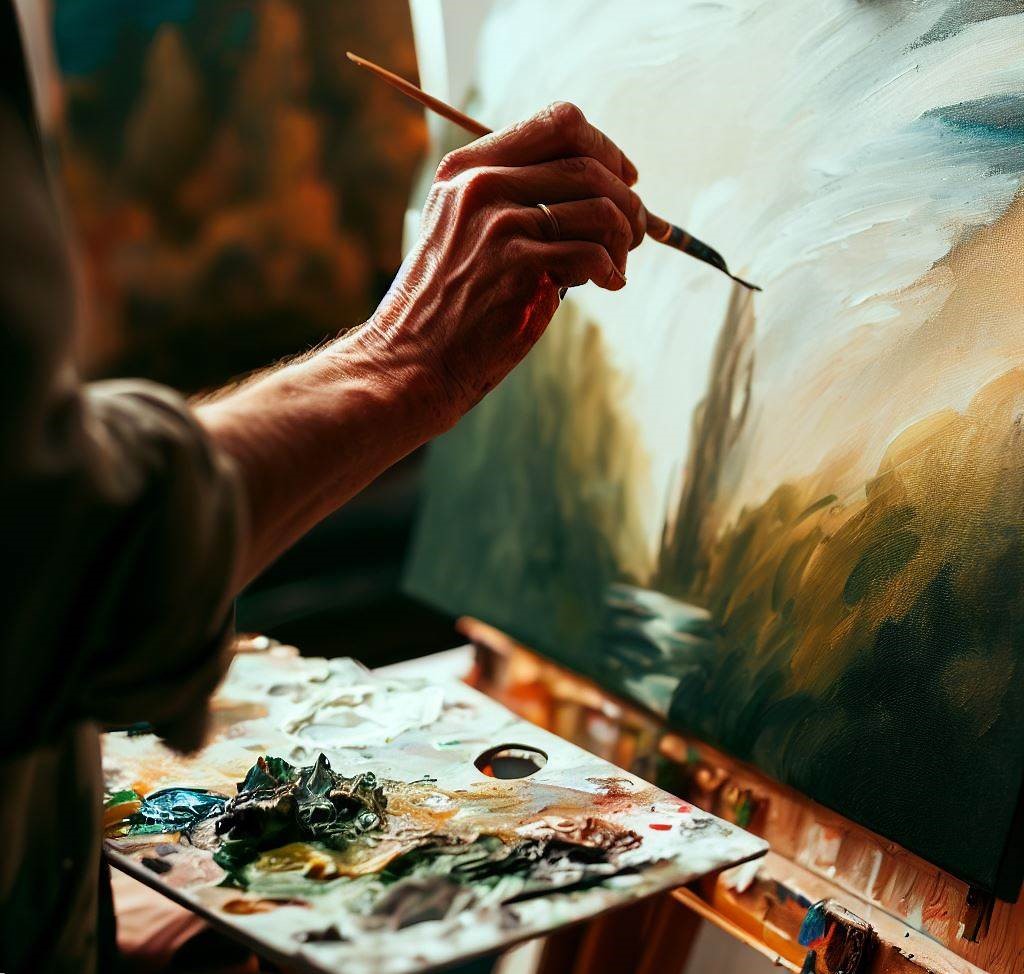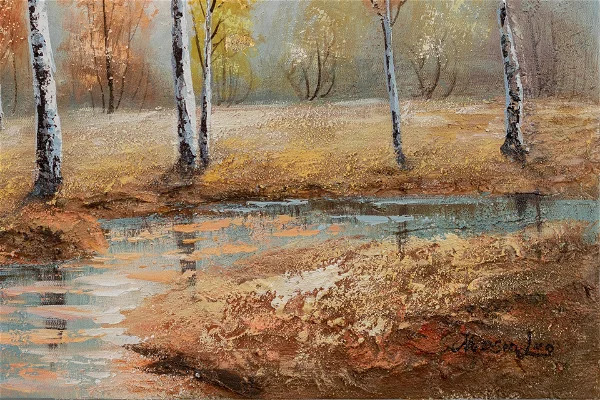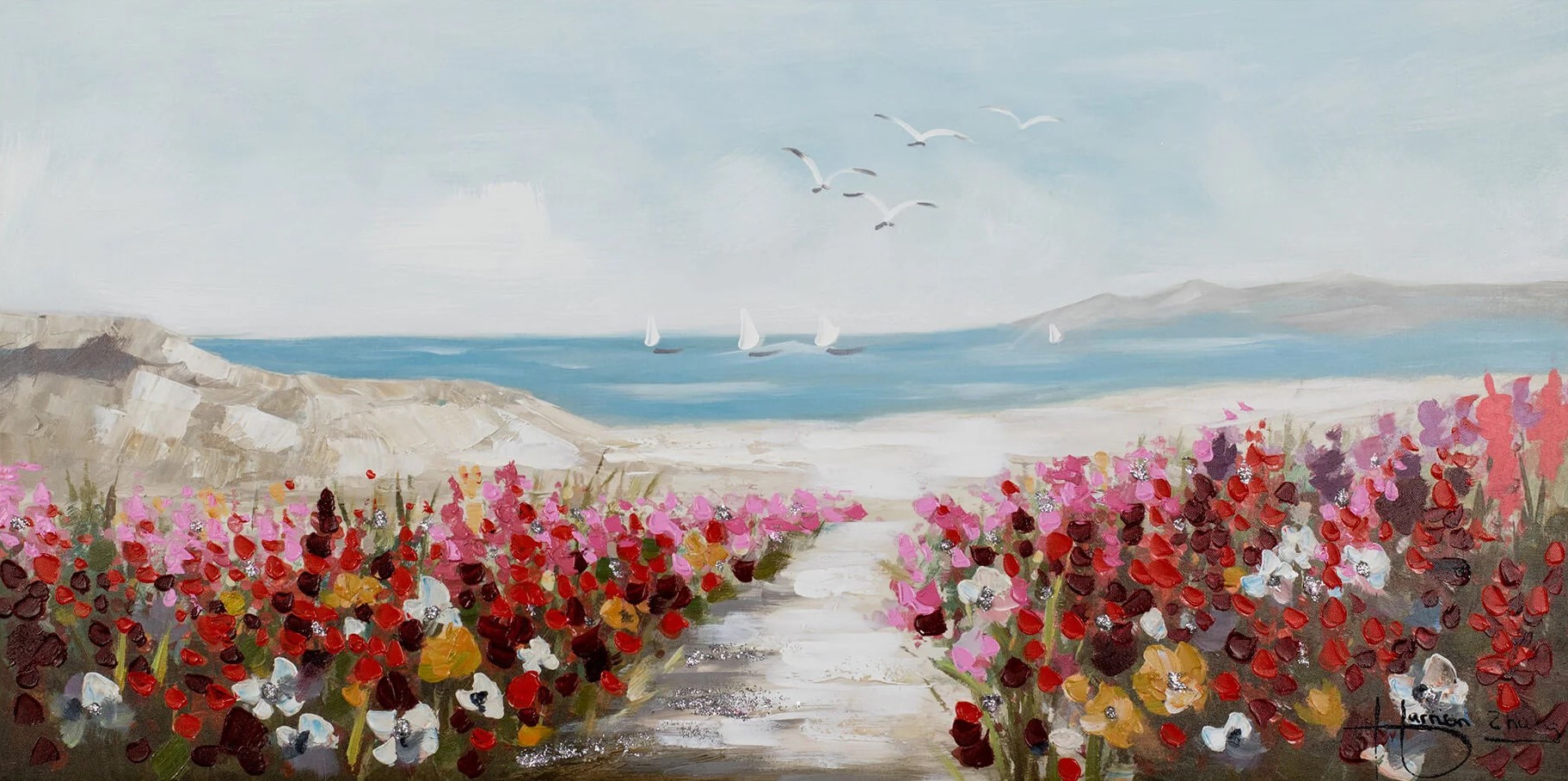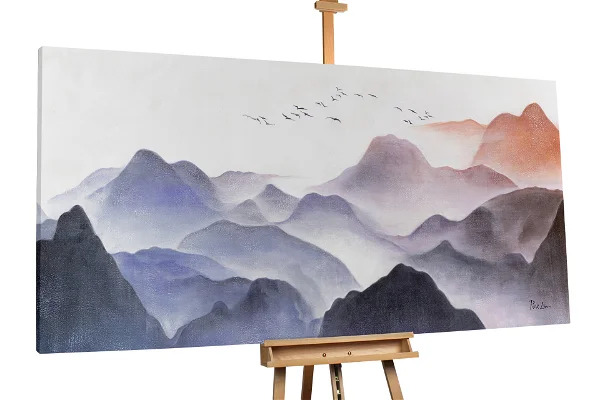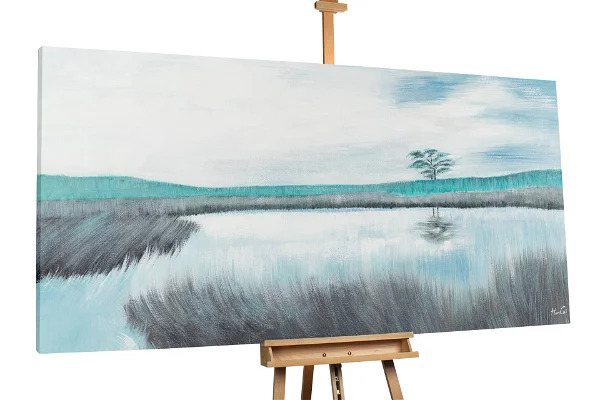
The Art of Landscape Painting: Techniques and Tips
Landscape painting is a captivating form of artistic expression that allows artists to capture the beauty of nature on canvas. From tranquil meadows to towering mountains to breathtaking seascapes, landscape paintings have the power to transport the viewer to idyllic landscapes and evoke a sense of awe and admiration.
In this article, we will delve into the world of landscape painting, explore its techniques, draw inspiration from nature, and discover the art of capturing emotion with every brushstroke.
What is Landscape Painting?
Landscape painting can be defined as the depiction of natural landscapes that includes a variety of elements such as landforms, bodies of water, vegetation, and atmospheric conditions. This art form has a rich historical significance dating back to ancient times, when landscapes were often used as backgrounds in religious and mythological works of art.
However, it was not until the Renaissance that landscape painting developed into a genre in its own right, reaching new heights through artists such as Leonardo da Vinci and Albrecht Dürer.
Find inspiration in nature
Nature is a rich source of inspiration for landscape painters. By going to different landscapes, observing the elements of nature, and connecting with the environment, artists can gain a deeper understanding of their subjects and find inspiration for their artwork.
Exploring landscapes is a great way for artists to expand their visual vocabulary. From lush forests to arid deserts, each environment offers unique colors, textures, and natural features. By visiting different locations, artists can experience firsthand the nuances of each landscape and develop a personal connection to their surroundings.
Many landscape painters are inspired by immersing themselves in nature, whether hiking in the mountains, walking on the beach, or sitting in a meadow. By engaging with the sights, sounds, and sensations of nature, artists can imbue their artwork with a genuine appreciation and emotional connection.
Famous Artists known for Landscape Painting
Throughout history, there have been remarkable artists who have made a significant impact on the world of landscape painting. These artists have left an indelible impression with their unique styles, innovative techniques and powerful depictions of nature. Among the most famous landscape painters are:
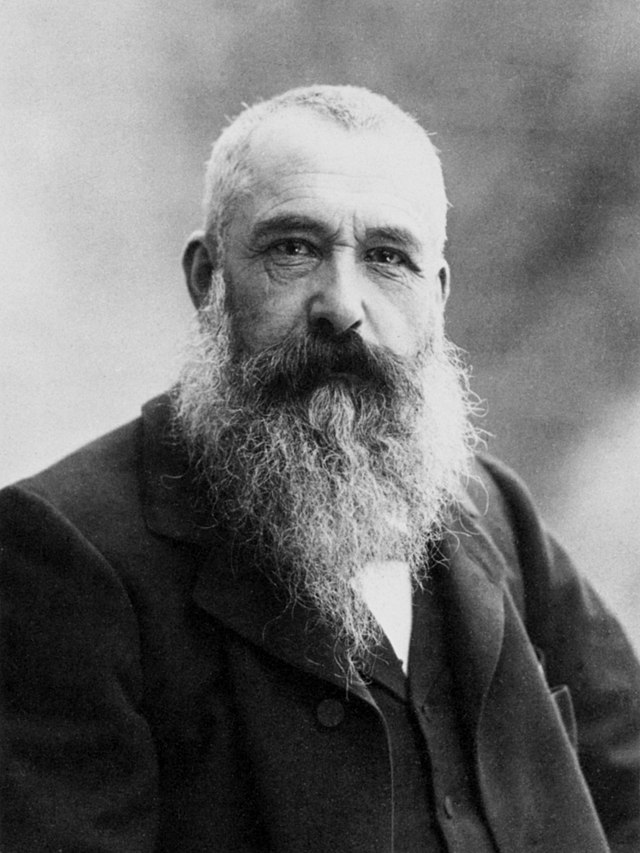
Claude Monet: One of the leading representatives of Impressionism, Monet captured the play of light and color in nature in his landscape paintings. His series of works depicting his beloved garden in Giverny, such as “Water Lilies” and “Haystacks,” show his ability to capture the essence of nature in a vivid and atmospheric way.
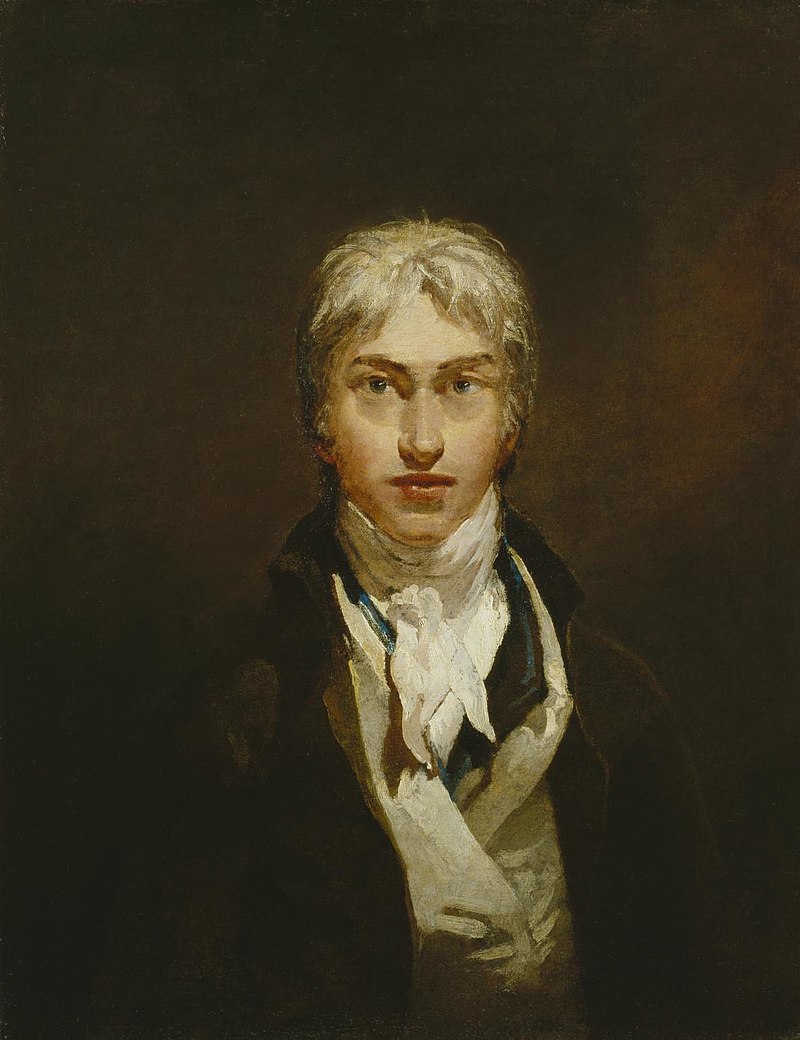
J.M.W. Turner: Known for his atmospheric and dramatic seascapes and landscapes, Turner was a master at capturing the sublime beauty of nature. His use of light, bold brushstrokes and expressive compositions created emotionally charged works of art. His famous paintings such as “The Fighting Temeraire” and “Rain, Steam, and Speed” continue to inspire artists today.

Albert Bierstadt: A prominent artist of the Hudson River School, Bierstadt’s paintings celebrated the majesty of the American landscape. His vast panoramas of majestic mountains, pristine lakes, and sweeping vistas, such as “The Rocky Mountains, Lander’s Peak,” conveyed a sense of awe and captured the spirit of discovery during the era of westward expansion.
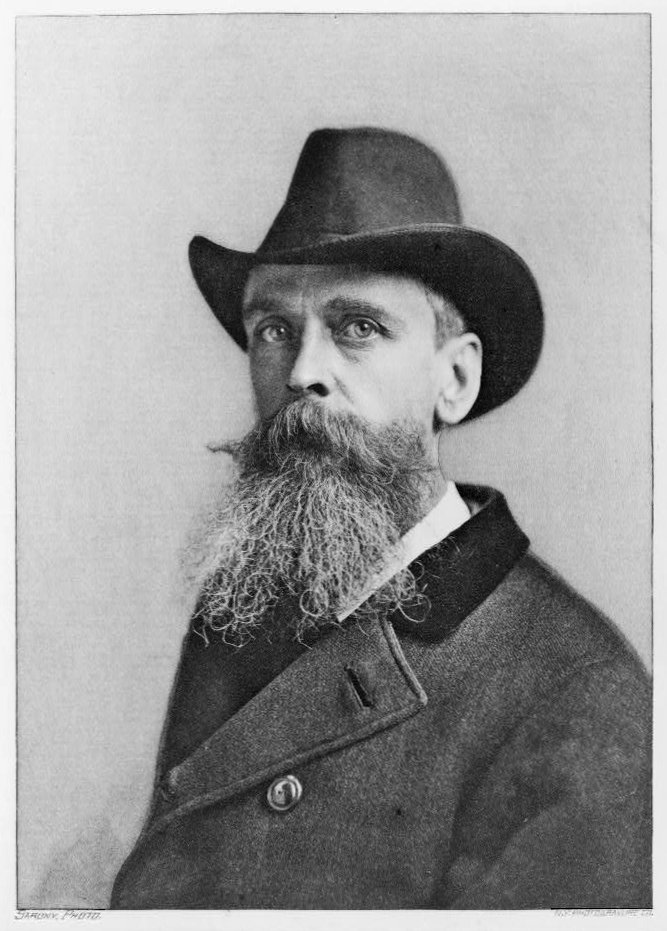
Thomas Moran: Another influential Hudson River School artist whose paintings depicted the stunning landscapes of the American West. His works such as “Grand Canyon of the Yellowstone” and “Cliffs of the Green River” showed the vastness and rugged beauty of the western frontier and contributed to the preservation of these landscapes and the establishment of national parks.
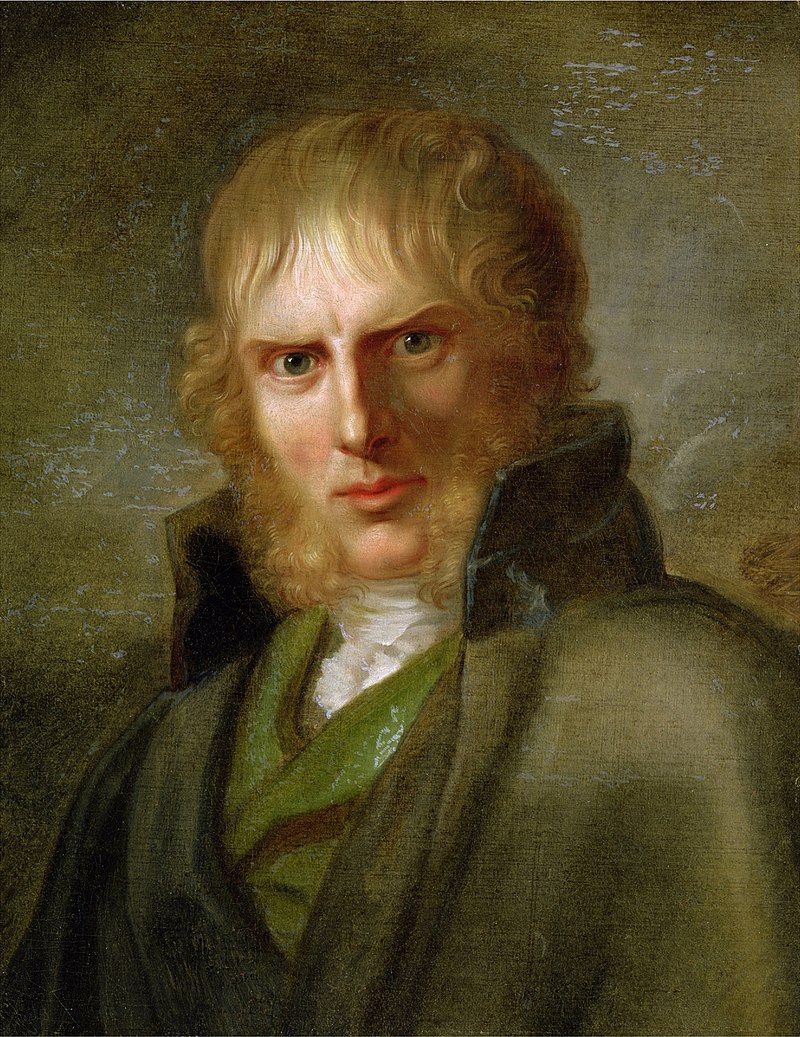
Caspar David Friedrich: In his landscape paintings, the German Romantic painter often depicted solitary figures in the midst of an impressive natural backdrop. His works such as “Wanderer over the Sea of Fog” and “The Abbey in the Oak Forest” conveyed a sense of contemplation, spirituality and the sublime power of nature.
These artists and many others have left a lasting legacy in the world of landscape painting. Their works continue to inspire and influence artists today, reminding us of the timeless beauty and emotional depth that can be captured through the art of landscape painting.
Basic Techniques of Landscape Painting
Mastering key techniques is crucial to creating stunning landscape images. Here are some techniques you should consider:
- Composition: Create a balanced and visually appealing arrangement of elements in the image. Use the rule of thirds, leading lines, and focal points to direct the viewer’s eye and create a sense of harmony.
- Mix colors: Experiment with color combinations to achieve the mood and atmosphere you want. Learn about color theory, such as complementary and analogous colors, to create a harmonious and visually appealing color palette.
- Brushstrokes: Explore different brush sizes, shapes, and textures to depict different elements of the landscape. Use broad brushstrokes for distant mountains, delicate brushstrokes for foliage, and textured brushstrokes for rocks or rough surfaces.
- Understand the light: Examine how light interacts with the landscape and use it to create depth and dimension. Observe the direction, intensity, and color temperature of light to accurately represent its effects on different surfaces and objects.
- Perspective: Learn perspective techniques to create a sense of depth and distance in your images. Understand vanishing points, horizon lines, and how to accurately represent objects based on their relative size and position in space.
- Texture: Experiment with different techniques to represent different textures found in nature. Use dabbing, cross-hatching, or impasto techniques to texture surfaces such as tree bark, water, or rocky terrain.
- Detail and simplification: Find a balance between capturing intricate details and simplifying certain elements. Focus on important focal points and areas of interest, and avoid excessive detail that could overwhelm the image.
- Emotional Expression: Let your own feelings and interpretations flow into the image. Capture the mood and atmosphere that resonates with you so that your artwork conveys a personal connection and evokes emotion in the viewer.
Steps to Create a Landscape Painting
Creating a landscape painting requires a series of clear and organized steps. Here is a breakdown of the process:
- Prepare the materials: Gather all the necessary materials, including canvas, brushes, paints, palette, and easel. Set up your work area and make sure everything is ready to paint.
- Choose the subject: Choose a landscape that inspires you. This can be a photo, a scene from nature, or even your imagination. Consider the composition, lighting, and overall mood of the landscape.
- Sketch the composition: Start by sketching the basic composition on the canvas. Sketch the main elements and determine the placement and perspective. This will serve as a guide for the entire painting process.
- Capture the main shapes: Use broad brush strokes to highlight the main shapes of the landscape. Focus on capturing the basic shapes and proportions. This step helps establish the overall structure of the painting.
- Set the background: Start by applying layers of paint to create the background of the landscape. Consider the atmospheric perspective and gradually build up the colors to create depth and distance.
- Add middle ground and foreground: Go further in the painting and add details and colors to the middle ground and foreground. Pay attention to the textures, foliage, and other prominent features that bring the landscape to life.
- Refine details and textures: Refine the details of the landscape, such as trees, rocks, or water. Use smaller brushes and precise brushwork to add textures and capture the subtleties of elements in the scene.
- Edit the sky and atmosphere: Pay attention to the sky and atmosphere, taking into account the lighting conditions and the overall mood of the image. Mix colors, create cloud formations, or depict the vastness of the sky.
- Evaluate and make adjustments: Step back and evaluate the overall composition, color harmony, and balance of the image. Make any necessary adjustments, whether refining details, enhancing contrasts, or correcting proportions.
- Final touches: Add the finishing touches to the painting, including highlights, shadows, and any additional details that enhance the focal points or overall effect of the artwork.
Tips for Successful Landscape Painting
For a successful landscape painting, you need not only technical skill, but also a good eye to capture the essence of nature. Here are some valuable tips to improve your landscape painting:
- Study and observe: Spend time studying and observing landscapes in real life. Take walks in nature, visit parks and immerse yourself in the natural environment. Observe the play of light, the colors and textures of different landscapes.
- Simplify and focus: Avoid cluttering your image with excessive detail. Instead, simplify the elements and focus on the key features that catch your attention. This will allow for a more effective composition.
- Experiment with different perspectives: Don’t be afraid to try different perspectives when painting landscapes. Try photographing the scene from a high or low angle, or even from an unusual vantage point. This can give your artwork an interesting and unique perspective.
- Capture the changing light: Light is one of the most important aspects of landscape painting. Pay attention to the changing light conditions at different times of the day. Observe how it affects the colors, shadows, and overall mood of the landscape.
- Take breaks: It’s important to take breaks to renew your perspective. Walk away and come back with fresh eyes to objectively evaluate your work. This will allow you to make adjustments and refine your image with a new sense of clarity.
Promote and Share Your Artwork
After you have invested time and effort into creating beautiful landscape paintings, it is important that you make your artwork known and share it with others. Here are some effective strategies to help you showcase your landscape paintings and gain recognition:
- Build an online presence: create a professional website or portfolio to showcase your landscape paintings. Include high-quality images, artist explanations, and a biography. Use social media platforms like Instagram, Facebook, and Twitter to regularly share your artwork and connect with a wider audience.
- Participate in art shows: look for opportunities to display your landscape paintings at local galleries, art shows, or community events. Participating in exhibitions can provide exposure, credibility and potential sales. Network with other artists and art professionals to expand your contacts in the art community.
- Collaborate with local businesses: Approach cafes, restaurants, or art-related establishments in your area to display your landscape paintings. Offer to rotate your artwork regularly to create a continuous presence and attract potential buyers who appreciate art.
- Collaborate with interior designers: Reach out to interior designers or home staging experts who may be interested in incorporating your landscape paintings into their projects. Offer to provide artwork on a consignment basis, or enter into a mutually beneficial partnership to showcase your paintings in curated interiors.
- Art contests and awards: Submit your landscape paintings to art competitions. Winning or being recognized in prestigious competitions can significantly raise your artistic profile and attract the attention of collectors, galleries and art lovers.
Discover Landscape Paintings from KunstLoft
Image credits: © Wikimedia Commons; © KunstLoft

